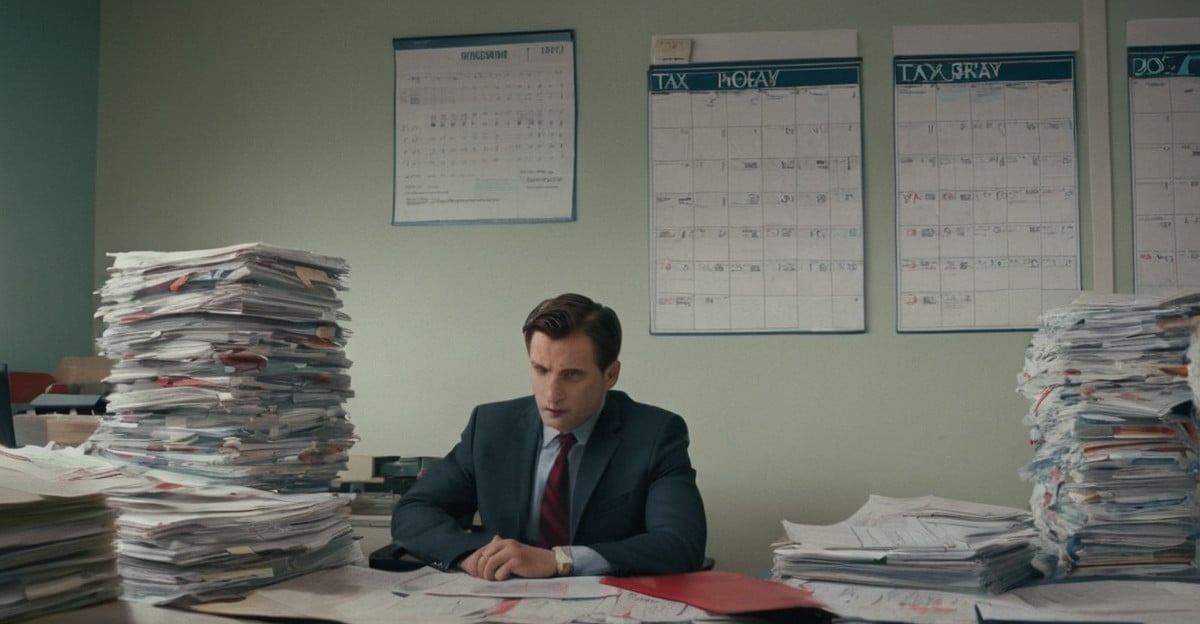Introduction: Do Freelancers Pay Quarterly Taxes?
Unmatched flexibility and freedom are provided by freelancing, but there are additional obligations as well, especially with regard to taxes. Do freelancers pay quarterly taxes? is a question that many inexperienced freelancers frequently have. The answer is in fact yes, and knowing why and how to comply with tax regulations and stay out of trouble is essential. We’ll go over everything you need to know about freelancers’ quarterly taxes in this extensive 2024 guide, from the fundamentals to more complex advice.
Key Takeaways
- Understand the importance of quarterly taxes for freelancers.
- Learn how to calculate estimated quarterly tax payments.
- Find out the consequences of not paying quarterly taxes.
- Discover tips for managing your quarterly tax payments efficiently.

Why Do Freelancers Pay Quarterly Taxes?
Freelancers are regarded as self-employed and are responsible for their own taxes, in contrast to regular employees who have taxes deducted from their income. The IRS mandates that freelancers who do not have income subject to withholding submit anticipated tax payments on a quarterly basis. In addition to income tax, these payments also cover self-employment taxes, which include Medicare and Social Security.
In order to avoid fines and interest costs that may arise from waiting to pay their taxes annually, freelancers must pay their taxes on a quarterly basis. Since freelance revenue is erratic, paying quarterly facilitates more efficient cash flow management all year round.
How to Calculate Estimated Quarterly Taxes
There are several procedures involved in calculating your estimated quarterly taxes. Make an estimate of your annual revenue first. Subtract any allowed deductions after that. This sum is what you owe the government in taxes. Next, calculate your tax liability using the current tax rates. To calculate the amount of your quarterly tax payment, divide this sum by 4.
To make this procedure easier, it is imperative that you maintain accurate records of all your income and expenses. When calculating their projected payments, many freelancers find it useful to use tax software or speak with an accountant to be sure they’re doing it right.

When Are Quarterly Taxes Due?
There are deadlines that the IRS has established for filing quarterly taxes. The deadlines for 2024 are:
- April 15, 2024 is the first quarter.Quarter Two: June 15, 2024
- September 15, 2024 is the third quarter date
January 15, 2025 is the fourth quarter.
To avoid any late fees or penalties, it is imperative that you note these dates on your calendar and make sure your payments are paid on time.
Penalties for Not Paying Quarterly Taxes
You may incur heavy penalties and interest if you do not pay your quarterly taxes. Underpayment of anticipated tax is subject to a penalty imposed by the IRS. The penalty is computed using the difference between the amount owed and the amount of time the payment is past due.
It is imperative that you make your expected payments in the exact amounts and on schedule to avoid these penalties. Speaking with a tax expert might give you confidence if you’re not sure about your calculations and guarantee that you’re following IRS guidelines.

Tips for Managing Quarterly Tax Payments
Although handling quarterly tax payments might be difficult, there are a few techniques that can be useful:
- Maintain A Regular Savings Account: Develop the routine of reserving a portion of your monthly income for taxes.
Deductions and Credits for Freelancers
The ability to claim a variety of credits and deductions that might lower your taxable income is one advantage of working for yourself as a freelancer. Expenses for home offices, business travel, supplies, and equipment are examples of common deductions. Freelancers can also frequently take advantage of the qualifying business income deduction, which lets them write off up to 20% of their business revenue.
Maintaining comprehensive documentation and invoices for all business expenditures is crucial to guarantee that you can support your claims in the event of an IRS examination.
How to File Your Quarterly Taxes
Using Form 1040-ES to record your estimated tax payments is a necessary step in filing your quarterly taxes. This form can be submitted by mail or online via the IRS website. If you’re filing by mail, make sure your money is enclosed with the form.
Utilizing tax software, which can automatically compute your expected payments and complete the required papers on your behalf, is beneficial for many freelancers. Both time and mistake risk can be decreased by doing this.
Common Mistakes to Avoid When Paying Quarterly Taxes
It can be difficult to pay taxes on a quarterly basis, and mistakes are common. Among the frequent mistakes are:
- Estimating Income Inaccurately: Underestimating your income could result in higher taxes and penalties at the end of the year.
Use reputable tax software or consult with a tax expert to steer clear of these errors.
Conclusion: Staying Compliant with Quarterly Taxes
A vital part of being a freelancer is knowing your taxes and filing them on time each quarter. You can make sure that you continue to comply with IRS requirements and stay out of trouble by keeping organized and knowledgeable. Utilize the advice and instructions in this 2024 guide to efficiently handle your tax responsibilities and maintain the smooth operation of your freelance business.






